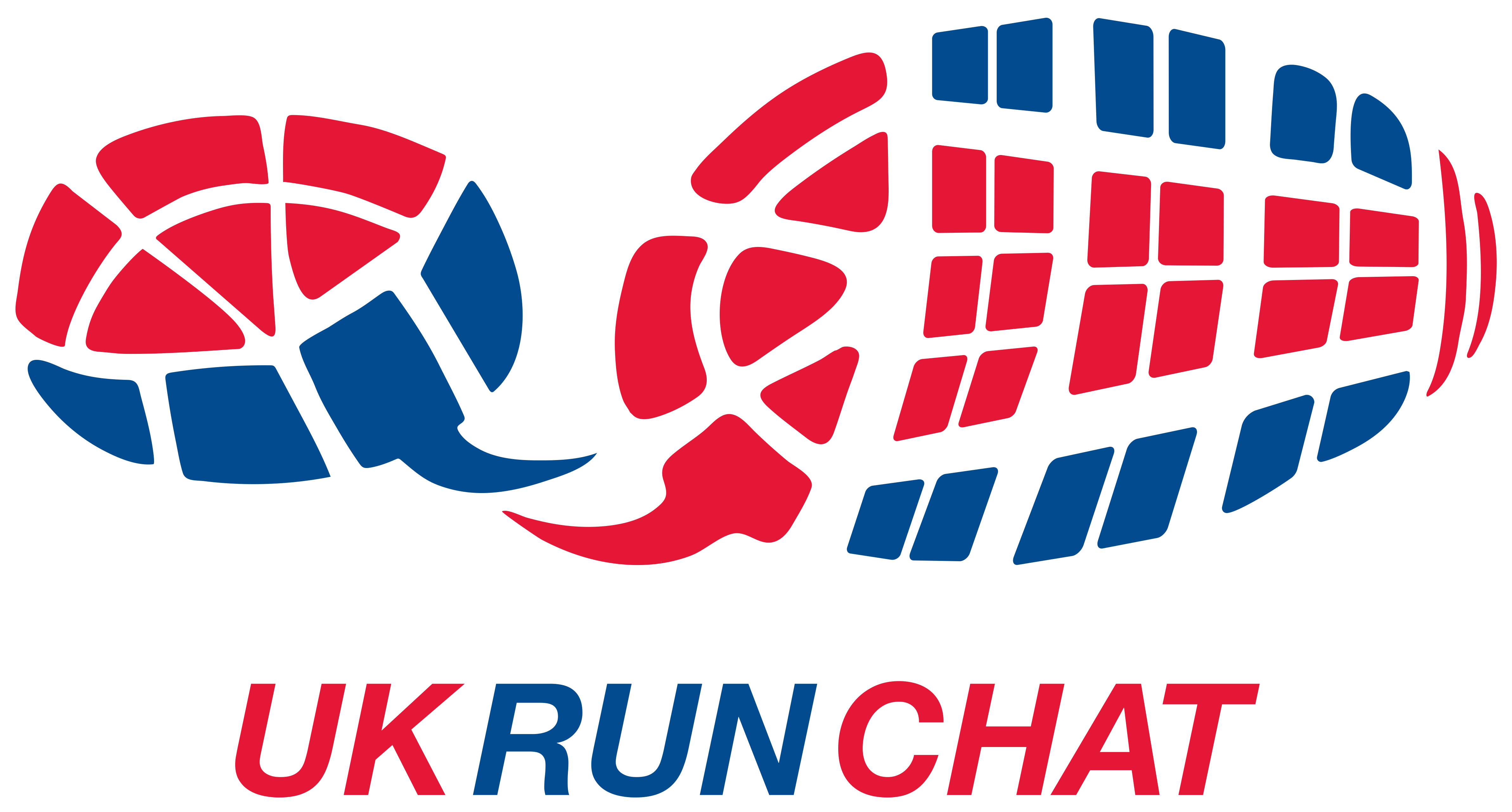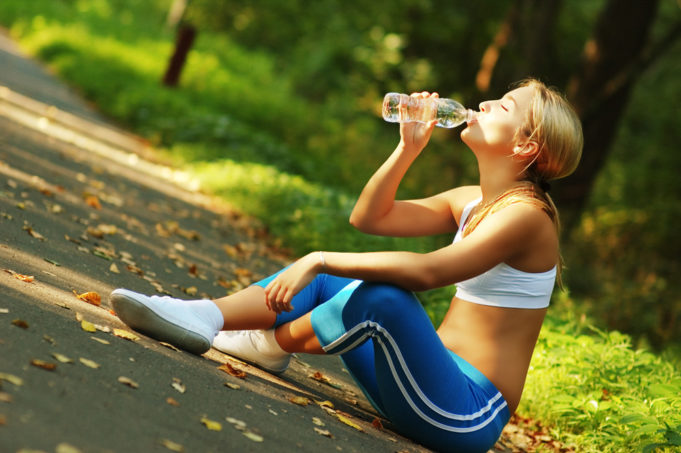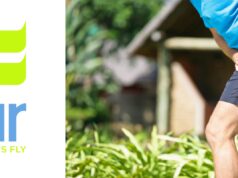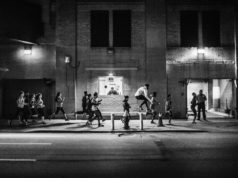A Blog by Matt Upston
Twitter: @MattUpston
Lying on the floor by the baggage collection at the end of the Brighton Marathon 2015 trying to tell the volunteer that I was not feeling well and needed first aid support was not how I expected my Marathon to end but this defining moment opened my eyes to something I had never heard of before but now I’m fully aware of!
More about what happened later but lets get scientific, well a little anyway…….
Hyponatremia is a water and sodium (Salt) imbalance either through medical issues or through endurance sport. Obviously I’m talking about the latter. Until I read more about it after the event I didn’t realist how common it was and how deadly it can be so I’m writing this to share the signs and symptoms and how to prevent/cure.
Symptoms
Exercise-Associated Hyponatremia (EAH) is due to low salt levels in the blood stream due over hydrating or losing too much salt. It can cause death in severe cases but the main symptoms are hand and feet swelling, nausea, vomiting, headaches, confusion and seizures/spasms (from Wikipedia) and it has been sighted as the main illness brought on by endurance events.
Cure
I learnt the hard way that once you reach a certain point you need medical assistance. For me this involved a saline drip but if I knew better prevention I would have been far better. In lesser cases people talk of taking on electrolyte drinks and salty crisps/pretzels to combat the onset of EAH.
Prevention
As I have now learnt prevention is far easier than cure and much safer too!! Here are the points I have picked up from online reports/blogs and papers:
- Increase salt intake in the few days prior to racing (Only if this is OK medically (if you have high blood pressure it’s not advisable)), I added a few grains of rock salt to my water and add salt to my food (Normally I don’t)
- Make sure you top up your salts pre-race – sports drinks are a good option rather than water. I now swear by Science in Sport – Go Electrolyte
- Only drink when you are thirsty and not at every drinks station even if it’s hot! It dilutes the salts you have in you body and reduces their effect. You increase sweating too.
- Have an electrolyte drink or salty snack as part of your race fuel/hydration especially in the latter stages.
- Replenish salts at the end of the race with a sports drink and have a salty meal.
Key Points
Like most things in running it’s about knowing the symptoms and recognising it in yourself. For me the early stages are numbness & ‘buzzing’ in my hands and fingers! Then you need to act on this rather than waiting until you end up like me, on the floor. If you or a friend/fellow racer show signs of EAH DO NOT give them plain water as this will just make it worst!
My Story
I embarked on my first ever marathon this year at Brighton. Training had gone well but I had noticed on my long runs that I had a ‘buzzing’ feeling in my fingers and diaphragm towards the end. After drinking my Chocolate milk and having some food it would go. I just took it as over exertion.
Brighton was hot with a sea breeze and I was really worried about dehydration so had a plan to take on fluids at every drinks station but as I had never had the electrolyte drinks they had on offer I decided this was too risky. Race strategy planned the first 18 miles were going well I was going faster than I planned but it felt good and then I began to slow. The final miles were agony I began to ‘buzz’ and get terrible golf ball (localised) cramps in my calf’s but the finish line was in sight.
I crossed the line and staggered to the baggage reclaim, drinking a bottle of water and one of the supplied sports drinks. By the time I reached the baggage reclaim I felt sick, had a banging head and the ‘buzzing’ had got worst. As I spoke to the volunteer I could hear I was slurring my words. I noticed my hands had begun to claw up and spasm too. I decided I needed to lay down and asked for help.
So there I lay next to the railings on my side my hands and arms in spasm, feeling sick, sounding drunk and shaking from head to toe. The first aid team arrived quickly, scooped me up and took me to the medical tent. On arrival I was taken past the blisters and sunburn and put straight on a bed where the lead consultant from the Brighton A & E was on hand to help me. A minute later I was on Oxygen and a saline drip. The process from finishing to this point was only about 10 minutes but it felt like hours and was pretty scary!
As the saline drip filled my veins it was amazing on how my symptoms reversed. I think it only took 5 minutes and my body felt normal again (Well apart from the aches and tiredness). They filled me with chocolate and a banana and left me to recover.
Within 30 minutes I was up and hobbling off to shower and get ready to go home. If it wasn’t for the medical team I don’t think the outcome would have been the same!!
Learn and move on…..
So has it put me off running? NO WAY!! I still love running and have booked to do another marathon next year and did my second in June.
Have I changed my approach? YES, I now prep for races better, think about hydration and salt and what works best for me. I now know the warning signs and know what to do if I begin to ‘buzz’.
I did the Classic Quarter 2 months after the marathon and was able to recognise the symptoms early and prevented it by just taking on the right fluid/snacks.
I hope that you never experience this but if you do I hope you are in a place where the volunteer medical team are as great as I had as a stressful situation was dealt with quickly and effectively and with a happy ending!
Happy Running!






